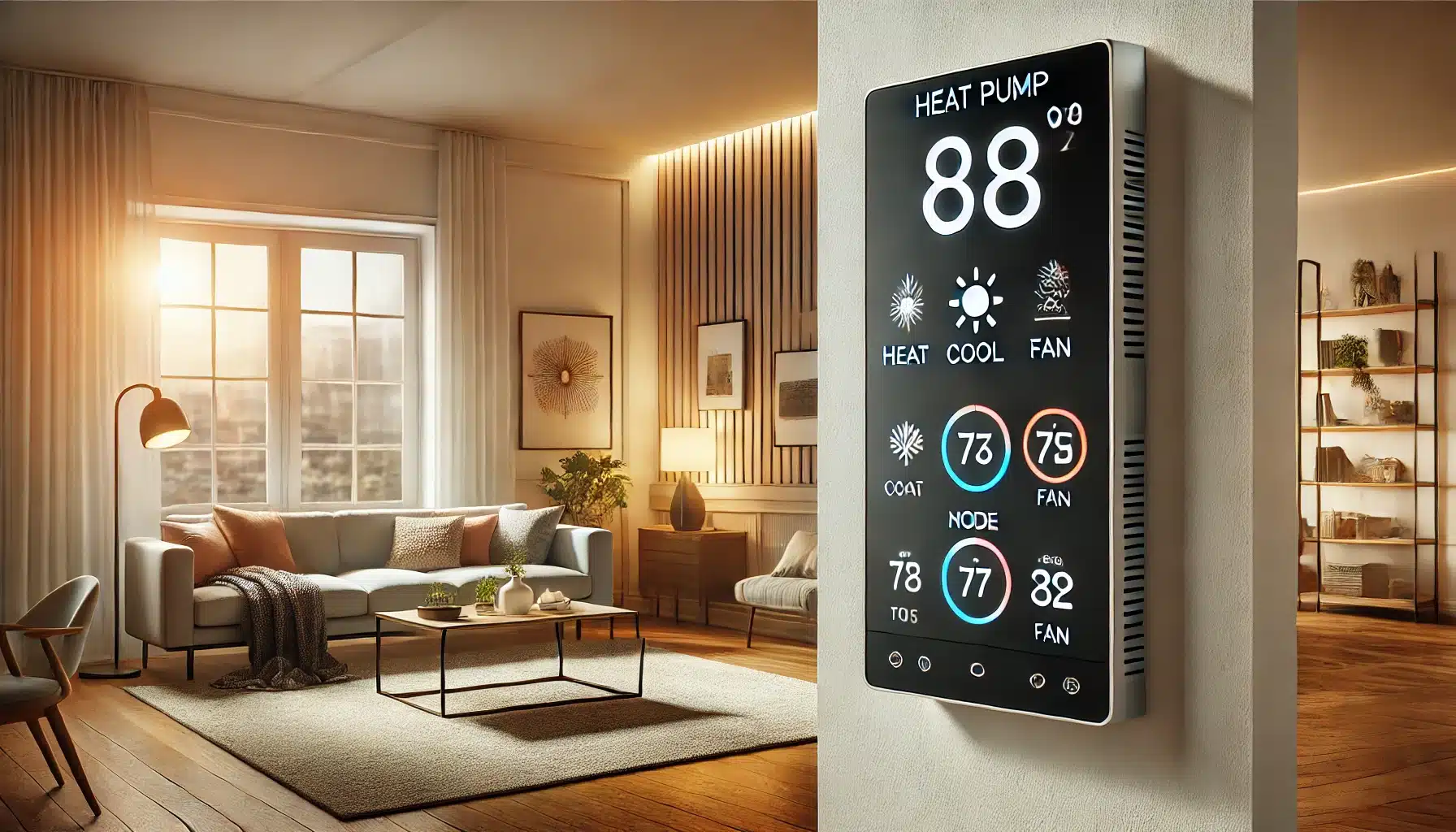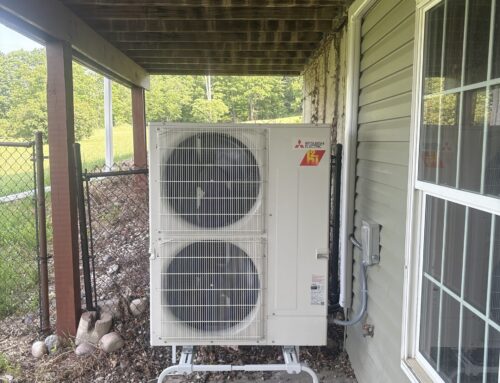
Superior Co-Op HVAC wants to ensure you get the most out of your modern heat pump system. Heat pumps offer exceptional comfort and energy savings, but there’s a learning curve when switching from traditional furnaces or air conditioners. This blog post dives into ten key areas to optimize your heat pump’s performance and keep you comfortable year-round.
1. Mastering Modes: Beyond Heating and Cooling
Modern heat pumps offer more than just heating and cooling. Let’s explore some additional functionalities:
-
- Dry Mode: Perfect for humid days, dehumidifying your home without full-blown cooling.
- Auto Mode: Great for fluctuating temperatures, automatically switching between heating and cooling. However, in mild climates, Auto Mode can lead to inefficiencies as the system constantly cycles. It’s best to manually adjust settings in these scenarios.
2. The Defrost Cycle: A Friend, Not a Foe
During cold weather (below 40°F), your heat pump will enter a defrost cycle to remove ice buildup from its outdoor unit. This process might involve unusual sounds, water dripping, or steam. Don’t be alarmed! It’s a normal function. Let the heat pump complete its defrost cycle for optimal performance.
3. Fan Speed: Finding the Balance
Start with the “Auto” fan setting for optimal energy savings. The heat pump’s computer will adjust fan speed for efficiency. However, for better temperature distribution, you might need to experiment with manual adjustments.
4. Setting Your Comfort Number
Modern heat pump controls differ from traditional thermostats. Your “comfort number” might seem different from your previous temperature settings. This number reflects your desired comfort level, not necessarily the exact room temperature. Experiment and find your sweet spot for optimal comfort.
5. Avoid Constant Adjustments: Consistency is Key
Heat pumps excel at maintaining consistent temperatures. Frequent adjustments lead to wasted energy. Once you find your comfort number, leave it be! For nighttime setbacks or when away from home, adjust the temperature by no more than 3 degrees.
6. Backup Heat Sources: Know Your System
Some heat pumps utilize backup heating sources in extreme cold. This could be a furnace, electric heater, or baseboard heater. Consult your HVAC contractor to understand your system’s backup heat and your role in operating it, if any.
7. Severe Weather Considerations
Sub-zero temperatures, freezing rain, or heavy snowfall might require extra care for your heat pump. Ask your contractor for recommendations on maintaining peak performance during these conditions. Clearing snow away from the outdoor unit might be necessary.
8. Regular Filter Maintenance is Essential
Clean or replace your heat pump’s indoor filters regularly (consult your contractor for frequency – it can be monthly or twice a year). Clogged filters hinder airflow and reduce heating/cooling efficiency.
9. Embrace New Sounds, But Stay Alert
Modern heat pumps operate differently than traditional systems, so expect new sounds. However, if a new sound becomes progressively louder, contact your HVAC contractor for inspection.
10. Your Owner’s Manual: A Valuable Resource
Your heat pump’s owner’s manual is a treasure trove of information. Explore its features, maintenance requirements, and service recommendations. This knowledge will ensure your heat pump operates efficiently and reliably for years to come.
Superior Co-Op HVAC is Here to Help
At Superior Co-Op HVAC, we want you to enjoy the comfort and energy savings your heat pump offers. If you have any questions or require maintenance services, don’t hesitate to contact us!
Superior Co-Op HVAC – Your Trusted Partner in Home Comfort
[vc_row][vc_column width=”1/4″][/vc_column][vc_column width=”1/2″][vc_column_text] [/vc_column_text][/vc_column][vc_column width=”1/4″][/vc_column][/vc_row]Save More, Stay Informed!
Sign up for our newsletter and be the first to receive:
✅ Exclusive Sales & Rebates on Mitsubishi Heat Pumps.
✅ Industry News and Expert HVAC Tips.
✅ Updates That Help You Save Energy and Money.





